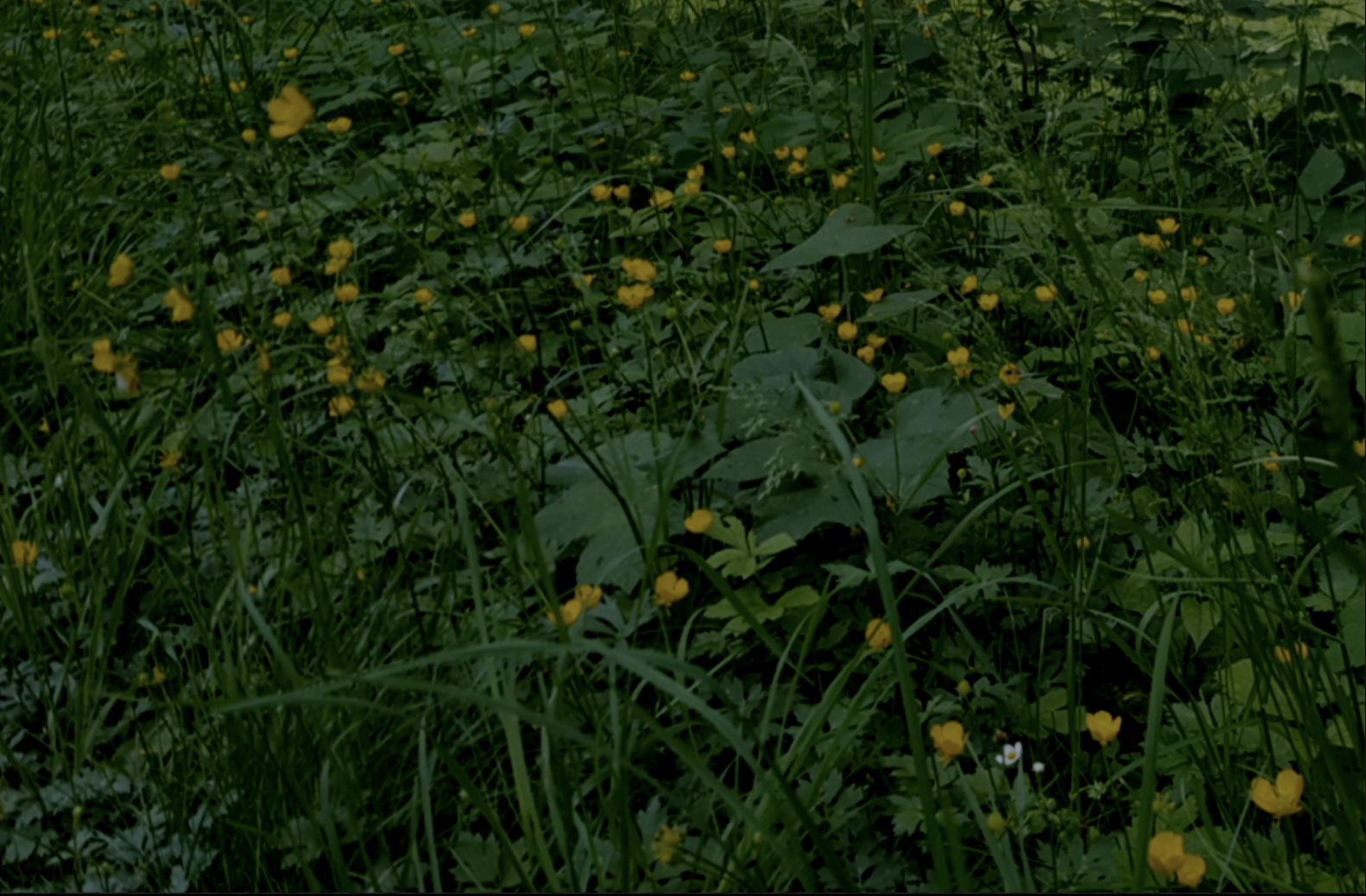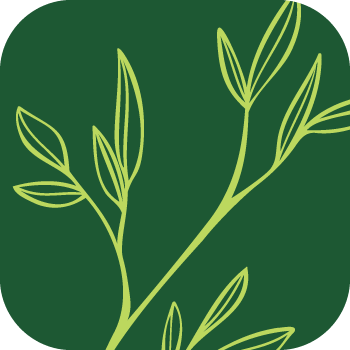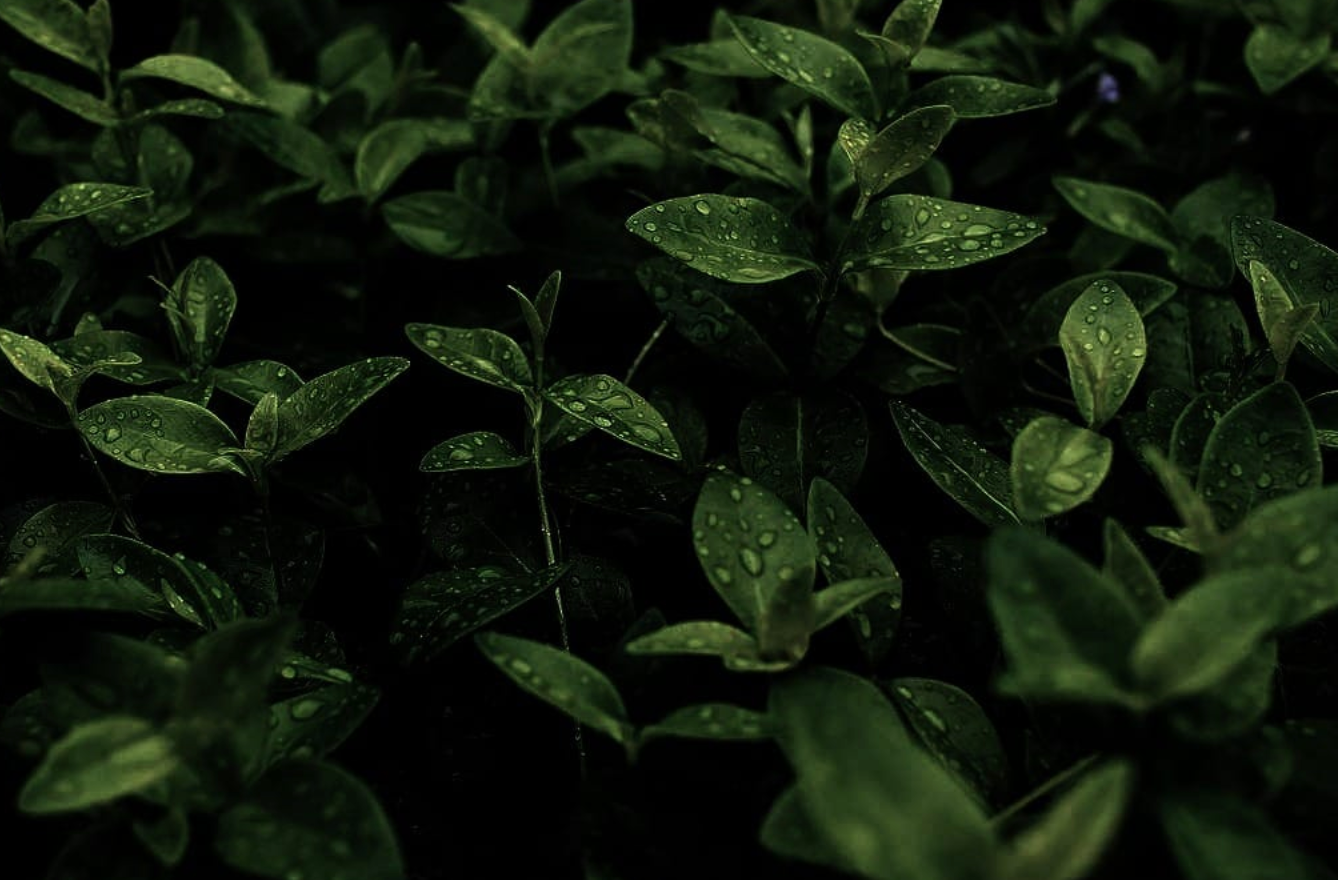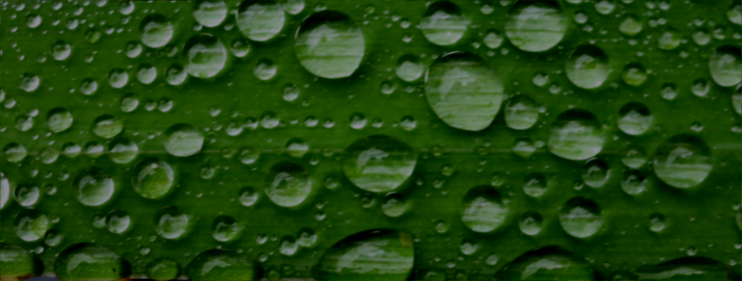this, instead
some things to hear / read / see / do / learn this week

This is Life as a Sacred Text 🌱, an everybody-celebrating, justice-centered voyage into ancient stories that can illuminate our own lives. It‘s run on a nonprofit, so it’s 100% NAZI FREE. More about the project here, and to subscribe, go here:
Hello!
First off: A little heads up that starting next week I'll be changing the cadence of the Monday posts for a bit; the longer, more substantial free posts will start coming every other week instead of every week. This will free up some bandwidth for me to get to some more meta-level work that I've been wanting to do around here– things for your benefit, for which, I hope, you will be ultimately delighted.
Thursday posts for the House of Study community will continue every week, as always, and we're still on for monthly Zoom Salons. The next one will be Sunday. February 2nd starting at 2 ET/11 PT, so mark your calendars and get in the House of Study if you're not already. These virtual gatherings have been so, so fun and nourishing, and since the regular complaint is that people want more time together, want them to be longer (!), we'll be officially making them an hour and a half.
So if you want to make sure you're still getting your regular weekly injection of LiST's sustenance for heart, soul and noggin, get in on the House of Study community.
(And as always, if you want in, but paying isn't for you right now, support @ lifeisasacredtext.com is how to get hooked up-- we love giving subscriptions away!)
(And if you're able to subscribe at a higher than the basic tier, you help show up for the whole community. ❤️)
Next, a heads up about a couple of places I'll be around for a brief sighting in the wild. (Different seasons have different rhythms, and these days I'm going lighter on these kinds of events, but if you get out your binoculars and hold still you might catch me.)
🌲 I'm delighted and honored to be part of a great conversation series with Svara on the future of Jewish leadership, over three Sundays at 7pm ET (1/27, 2/2, 2/8). I'll be on Feb 2nd with Alexandra Corwin and Shira Kline talking about power and how we might consider changing our models of leadership (looks dramatically at camera), but you should check out the whole thing here.
🌲I'll be giving the Smyth Lectures at the Blacksburg Presbyterian Church the weekend of March 28-30 in Blacksburg, VA, including a Shabbat evening Havdallah/teaching. (All events will be in collaboration with the Blacksburg JCC).
🌲And I'll be giving a lecture at Arizona State University in Tempe on the evening of March 31st. Official link to come!
SCROLL ON
OH HAI the incredible Rabbi Avigayil Halpern, with and Avidan Halivni (who I do not know personally but I'm sure is wonderful) have a brand! new! podcast! interviewing some of the smartest, coolest next gen Torah thinkers and educators out there, so take a listen if this kind of thing is your kind of thing:

(re)New Megillah alert:
JT Waldman's incredible graphic novelization of the Book of Esther is back in print, now in color, with ever-reliable folks at Print-O-Craft. You can pre-order here.
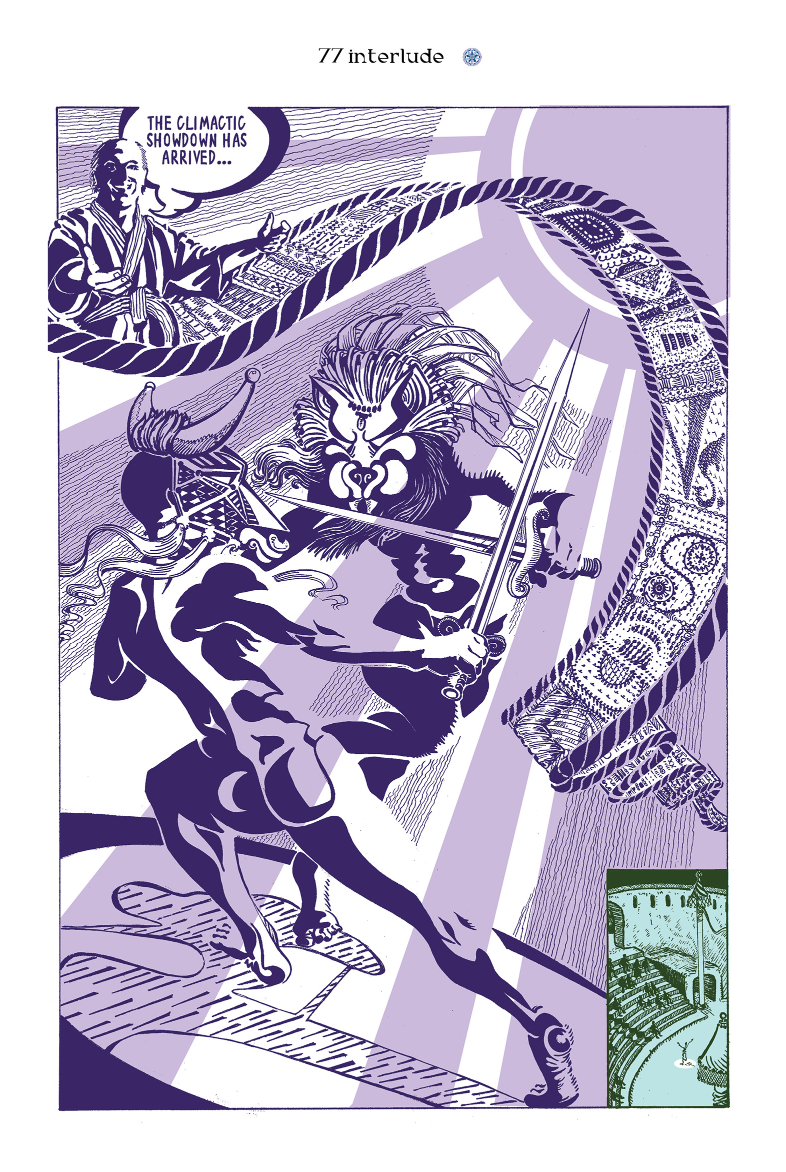
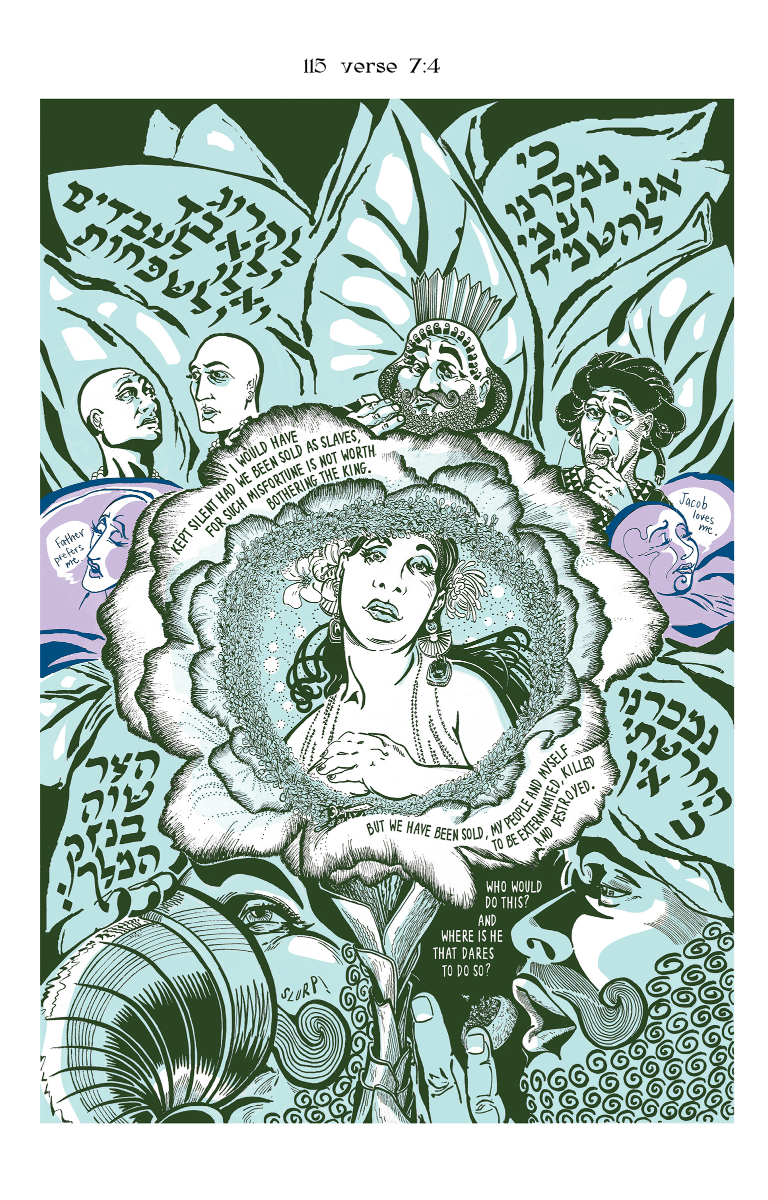
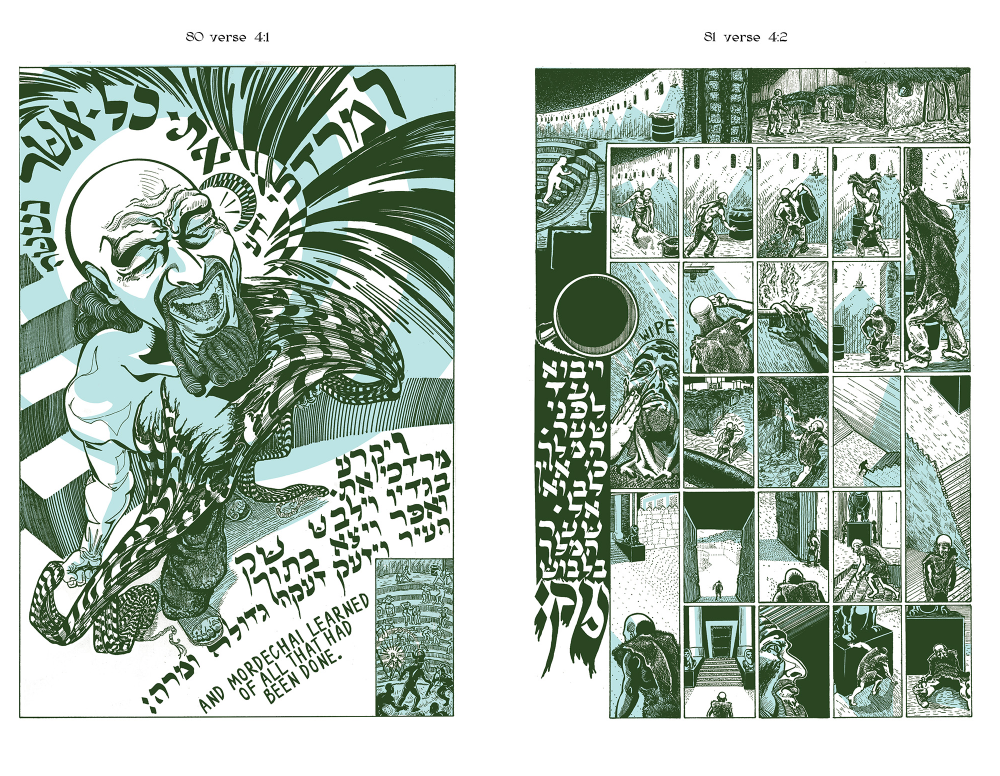
Four distinct comic panels. L, in shades of purple and white, with flowing lines and shapes recalling dynamic action, shows two people swordfighting, wearing large animal masks, and the words, "the climactic showdown has arrived." The second panel. in light green and teal, shows a shoulders-up frame of Esther within a floral pattern, surrounded dramatically by Ahashverus, the eunuchs, Haman, and verses explaining that she would have kept silent about the plot against her people if they were not in such grave danger. The third panel is the same greenish-gray tone, featuring Mordechai with an agonized face, tearing his clothing as he learns of the plot against the Jewish people (surrounded by the text explaining this). The rightmost panel presents a tightly packed grid of distinct comic panels depicting Mordechai’s frustrated attempt to enter the palace, despite his wearing sackcloth and ashes.
And as long as you're getting your bookshelf / card table set up for that season, may I also recommend Tilla Crowne, Sophie Herxheimer, Mirta Kupferminc, and Jacqueline Nicholls' amazing New Venice Esther? It's two things, really. One is a stunning illustrated Megillah based on the theme of the card deck which, in turn, interprets the story in a new way. And the other is a megillah in the form of a deck of cards and is – extraordinary. It's a Megillah like you've never megillah'd and really very special:
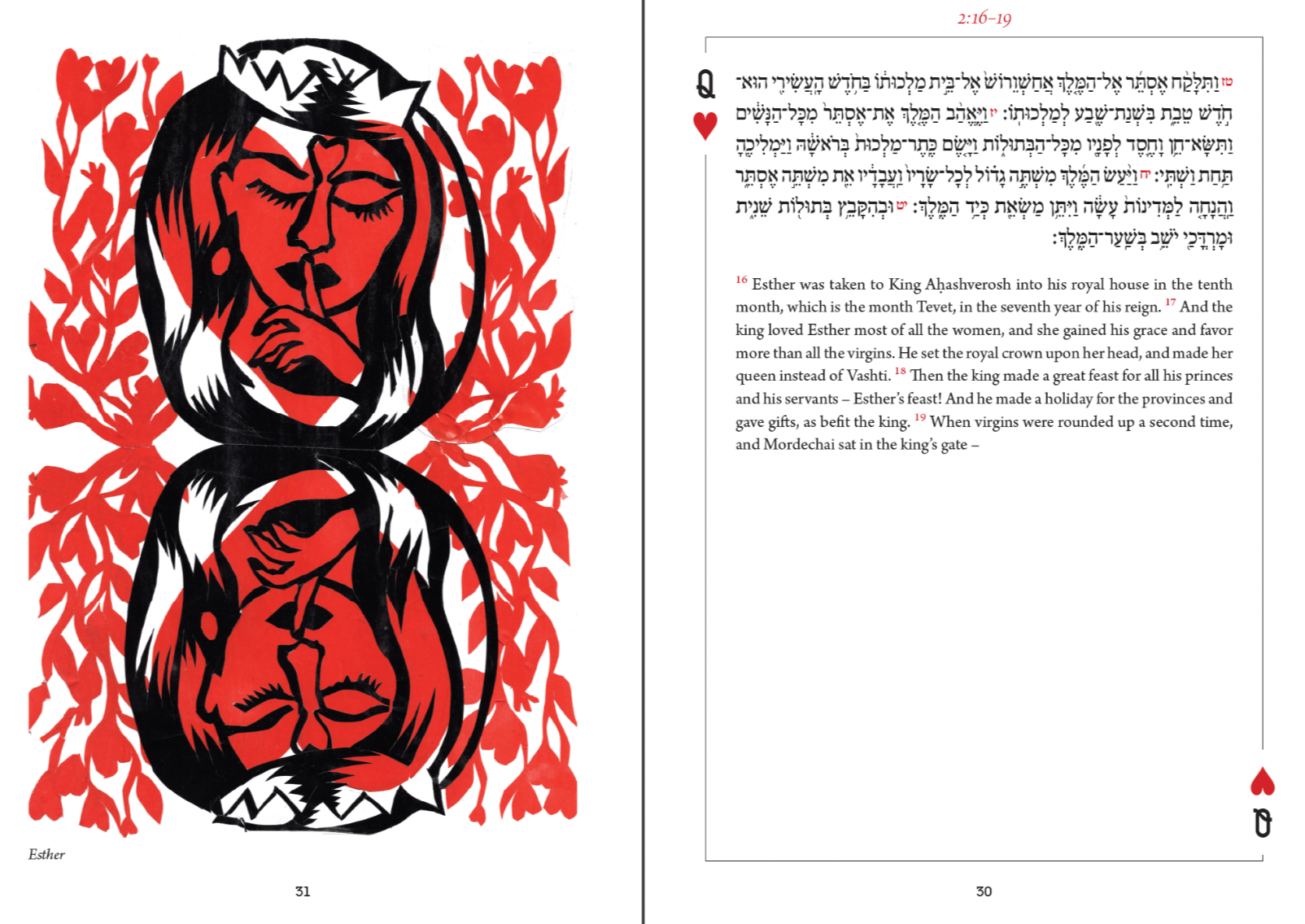
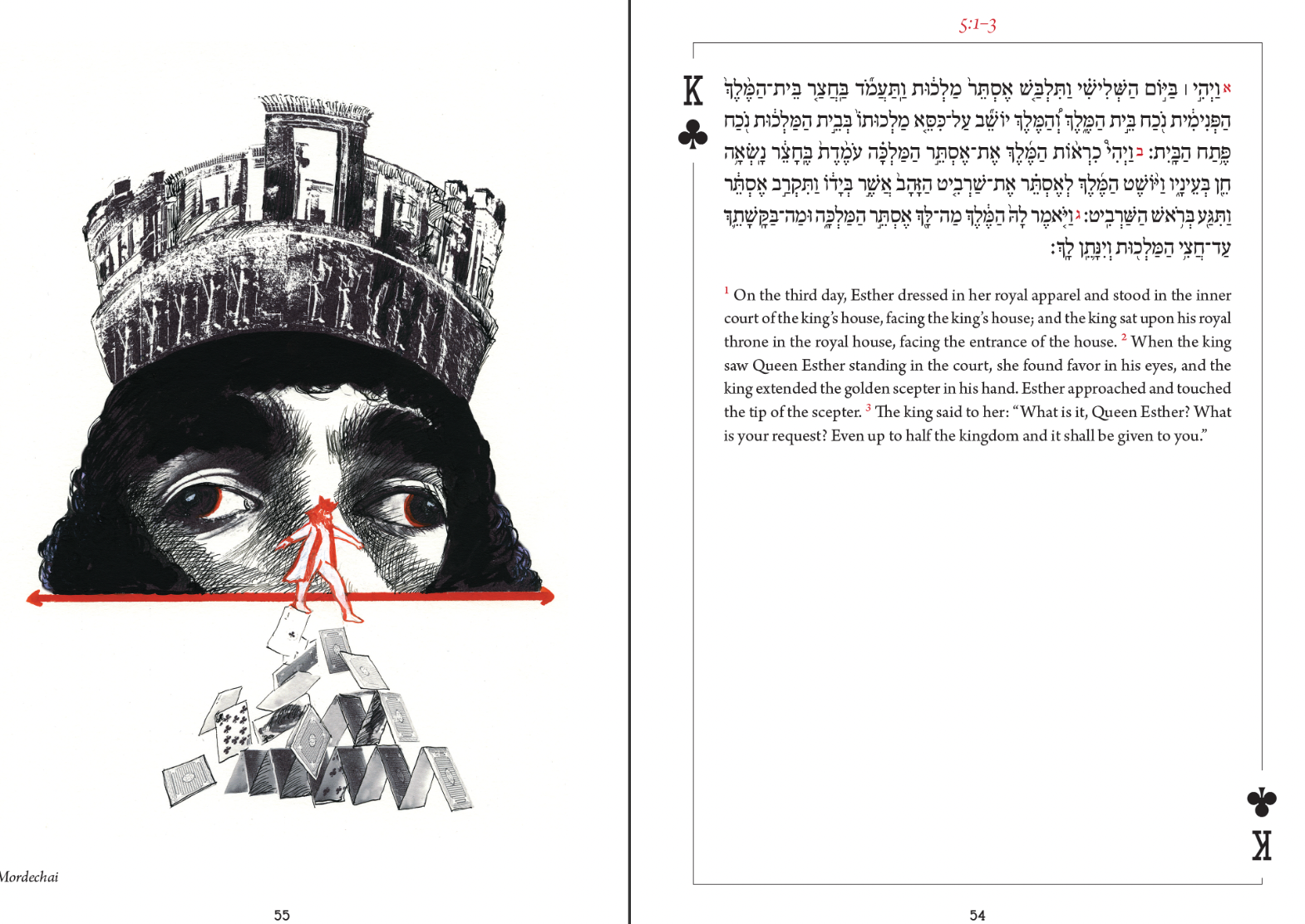

The leftmost section contains two stylized black images of a queen figure— one right-side up, one inverted, evoking a deck of playing cards, against a red floral patterned backdrop design. Next to it appears Esther 2:16-19. The center image is of a person wearing a crown evoking the walls of Jerusalem, drawn in ink, from the nose up, and a small image of a person in red with a crown walking on top of a collapsing house of cards in front of them. Adjacent to that is Esther 5:1-3. The rightmost section showcases a pair of playing card boxes. One has the back facing us, and the other faces us and reads, “Deck of Esther: A Shuffled and Wordless Book.”
SOMETIMES IT'S THE LITTLE THINGS
Juliette Dodd, aka SinkySnap, plays with potholes, making all manner of little scenes with Barbie-esque dolls, and it's just delightful. People are fun sometimes. A lil' Impressionism, a lil' Pre-Raphaelite homage, a lil' Baby Moses, and a lot more fun over at the link.

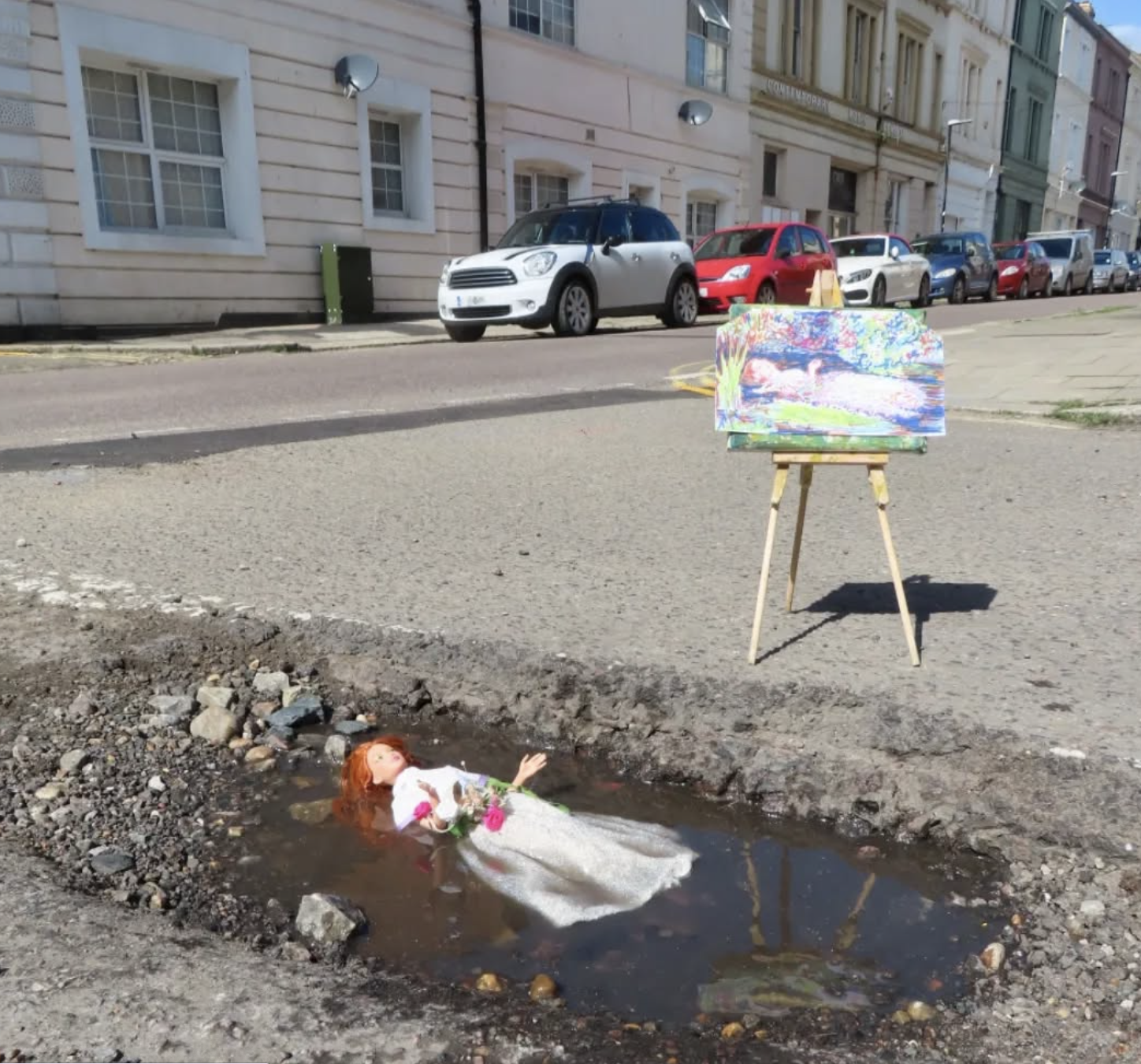

L: Tiny Ken Monet in tiny signature straw hat and tiny white smock with tiny white beard at tiny easel paints his bridge and water lilies as we see a tiny bridge (and lilies) over a puddly pothole. Center: Tiny redheaded Barbie Ophelia in white, with flowers at her side and her hands raised drowns, a la Sir John Everett Millais' iconic painting, in a pothole puddle, next to a tiny easel with a tiny reproduction of the painting. R: Exodus 2:6! Tiny plastic Baby Moses is swaddled and in a basket in a pothole puddle, (found in the pothole Nile) by Pharoah's daughter /Batya, a kneeling Christie (aka "Black Barbie" with a white tunic and afro reaching down to get the baby, while her guard- a Ken in a white wraparound skirt/tunic stands watch, holding an umbrella over her for shade.
On another end of "tiny outdoor installations" spectrum is Mary in the Fairyland, whose final products are s stunning and magical that it's hard to believe that they come from.... an old glass bottle, some air dry clay, sticks and (fake?) moss. But that's the power of a DIY video: The enchanted suddenly becomes an attainable project for a chilly afternoon.
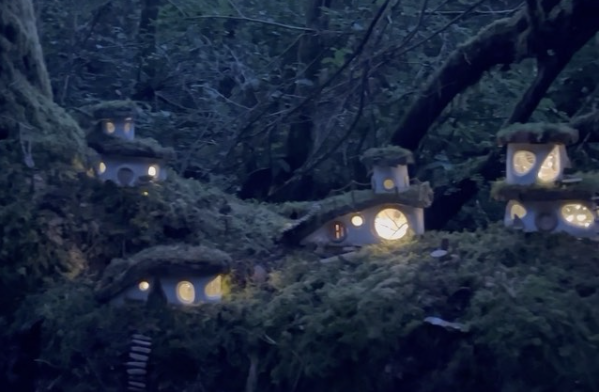

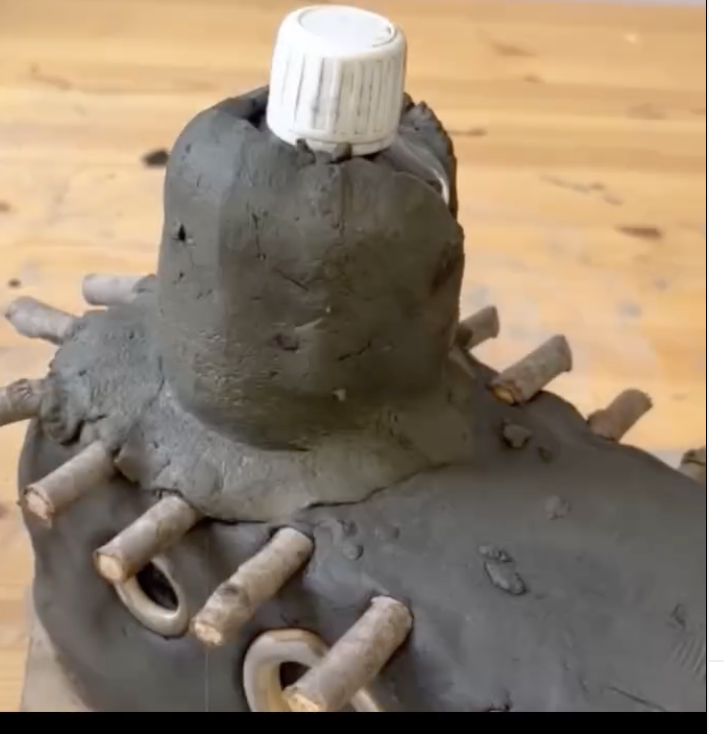
Left: A miniature woodland village, constructed from what seem to be natural materials (wood, moss, and other organic items) in the blue twilight. Small, clustered "houses" with small, glowing light sources inside are nestled amongst the trees and vegetation; the overall setting has a fantasy or fairy-tale aesthetic. Center: A miniature model of a house, made of wood sticks, moss, string, and white air-dry clay. A hand is partially visible in the middle section of the image. Right: A miniature model, in which brown air-dry clay is layered on top of a several bottles. Sticks are visibly embedded in the surface. A plastic bottle top is visible.
We now pause for a Jewish Service Announcement:

Caring for the dead/kavod hamet is a crucial mitzvah, an irreplaceable act of kindness. Here's a little bit more about the profound, sacred work that the Chevra Kaddisha does:
For more information, check out the excellent folks at Kavod v'Nichum:

More on Jewish mourning rituals here, and hey, as long as I'm on this page by the wonderful BimBam (z'l) folks, I happen to think this one's not bad:
Love Songs For Every Season
And since the cycles of life keep cycling, have some love and matchmaking songs in Judeo-Tat, a Judeo-Persian dialect of the Tat language spoken by Caucasus Mountain Jews. You can find translations and explanations here, and, as you'll see, that site is a veritable treasure trove of interviews, songs, rituals and more with speakers of many different Jewish languages. (Interested in learning more about this stuff? You probably want the Jewish Language Project for that.)
Open Access eBook!
The incredible Professor Rafael Rachel Neis' book from over a year ago is out and open access, been meaning to do something here with it, but why not just share it so you can read, too? It's on how the ancient Rabbis' ways of thinking upend “traditional” ideas of reproduction, gender, and humanity. Probably more relevant these days than ever.

With a cartoon blurb and everything!



L: Take the Talmud's Rabbi Yohanan. They "looked like a woman." They'd sit at the ritual bath so that emerging women would gaze at them-- and then make offspring resembling them. The Talmud even gives a recipe to conjure Rabbi Yohanan's glow. so you can try this at home...The narrative describes nonmonogamous making of progeny that is secured by mechanisms that include non-'sexual' acts. This is more than marital sex between a man and a woman. Am I pronouncing Yohanan trans or nonbinary in the contemporary sense? No. But I am questioning the ahistorical presumption of cisness. R: Lilith is another example of a figure where presence attests to sex beyond cishetero monogamy, and who is blamed for frustrating procreative marital relationships, among other ills. Lilith is invoked and drawn over and over in the Babylonian incantation bowls. (3rd-7th centuries CE). Lilith is said to take the shape of human women, men and non humans. Iconography depicts Lilith using typical masc + femme indicators. Lilith is said to seduce and enslave women-in their form as a woman. Women commissioning these bowls are declared to divorce Lilith. These include married women. Men clients also divorce Lilith. Lilith causes procreative trouble in the marital chamber. But CONSIDER THIS: we only hear from those relationships that soured. These bowls evidence non procreative sex, non-monogamy, even non-monogamous marriages. Albeit it from a perspective that devalues these. The bowls also represent being whose gender does not quite fit a binary. AS THESE FORAYS SUGGEST, MY Book OPENS UP HISTORICAL ALTERNATIVES + REJOINDERS TO CERTAIN CLAIMS MADE IN THE NAME OF RELIGION, PARTICULARLY THOSE RELATED TO "NATURE," SEX, SEXGENDER, ANIMALS, THE HUMAN. **


L: Take the Talmud's Rabbi Yohanan. They "looked like a woman." They'd sit at the ritual bath so that emerging women would gaze at them-- and then make offspring resembling them. The Talmud even gives a recipe to conjure Rabbi Yohanan's glow. so you can try this at home...The narrative describes nonmonogamous making of progeny that is secured by mechanisms that include non-'sexual' acts. This is more than marital sex between a man and a woman. Am I pronouncing Yohanan trans or nonbinary in the contemporary sense? No. But I am questioning the ahistorical presumption of cisness. R: Lilith is another example of a figure where presence attests to sex beyond cishetero monogamy, and who is blamed for frustrating procreative marital relationships, among other ills. Lilith is invoked and drawn over and over in the Babylonian incantation bowls. (3rd-7th centuries CE). Lilith is said to take the shape of human women, men and non humans. Iconography depicts Lilith using typical masc + femme indicators. Lilith is said to seduce and enslave women-in their form as a woman. Women commissioning these bowls are declared to divorce Lilith. These include married women. Men clients also divorce Lilith. Lilith causes procreative trouble in the marital chamber. But CONSIDER THIS: we only hear from those relationships that soured. These bowls evidence non procreative sex, non-monogamy, even non-monogamous marriages. Albeit it from a perspective that devalues these. The bowls also represent being whose gender does not quite fit a binary. AS THESE FORAYS SUGGEST, MY Book OPENS UP HISTORICAL ALTERNATIVES + REJOINDERS TO CERTAIN CLAIMS MADE IN THE NAME OF RELIGION, PARTICULARLY THOSE RELATED TO "NATURE," SEX, SEXGENDER, ANIMALS, THE HUMAN. **
And yes, OK, OK, once I started doing the image descriptions for the pothole art I started thinking about this so here, if you haven't seen (and it's never a bad day to revisit) The Intersectional Barbie Dream Minyan by the ever-wonderful Jen Taylor Friedman, who is (among other things) the first woman in known history to have scribed a Torah scroll, a scholar of the scribal arts, and an extraordinary artist. And yes, there are still a few Tefillin Barbies available for acquisition these days.

Here's how she framed this image when she shared it in 2016:
Intersectional Barbie Dream Minyan points to the Jews who are still excluded, not intentionally but effectively, from our communities. Barbies of many different ethnicities, wearing tallit and tefillin, are having a Torah reading. All the Barbies are wearing long denim skirts and three-quarter length sleeves. That's how I do Tefillin Barbies. They're also all wearing tallitot. One of the Barbies isn't wearing tefillin, and she's wearing a jaw-length sheitl. Perhaps she put her tefillin on before she left home, or perhaps she just doesn't do tefillin at this point in her life.Some of the Barbies are Black, some of them are Brown. Some of them are tan, some of them are pale. Maybe some of them are Sephardic and some are Maghrebi and one is an adult convert and one was adopted and converted as a child. One of them has blue hair. One of them has red hair, and one of them has red highlights. Nobody in this minyan ever says "But where are you *really* from?" or "But surely you weren't born Jewish." Some of them are what Mattel calls "curvy." Some of them are short.One of the Barbies has a white cane and dark glasses. You can't see her Braille siddur in the picture. She doesn't need it right now anyway because they're about to do hagbah. Another of the Barbies is sitting down because she has mobility issues and chronic pain. Another one has depression, and another one has hearing issues, but you can't tell which ones. Two of the Barbies are married to each other. One of the Barbies is trans. One of the Barbies couldn't afford a set of tefillin for herself, and the community helped out. Some of these Barbies didn't go to college, or were the first in their families to go to college. One of them works in construction. All the Barbies are deeply conscious that they're all awfully young. The artist has not the skill to repaint Barbie faces to make them look older, nor to make their hair grey. In principle, Kens are welcome in this minyan, but today they're outside fixing breakfast, which is why you can't see them.
And, lastly, as we approach a week about which many of us have much apprehension–
I want to share this VERY short meditation:
and a reminder that we have the power to find our way to give out that love in the process of mourning change. We can.
We can find our role on deck in the work of making things become different.
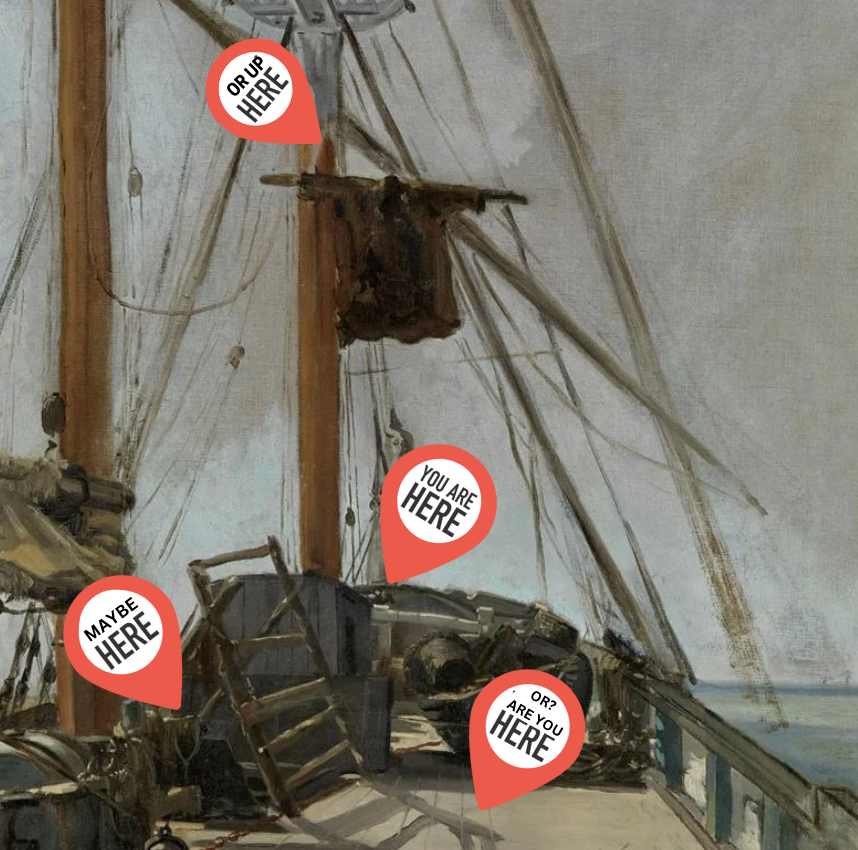
Thank you, as always.
🌱
Like this? Get more of it in your inbox every week.
For free every Monday—sign up at the ‘Subscribe now’ button just below.
And if you become a paid subscriber, that's how you can get tools for deeper transformation, a community for doing the work, and support the labor that makes these Monday essays happen.
A note on the subscription model:
I want my work to be as accessible to as many people as possible, in as many ways as possible. That's why the Monday essays are free, and why we donate subscriptions to anyone for whom paying is a barrier to the House of Study posts.
I also believe people should be paid fairly for their work. Needless to say, these two values sometimes seem to be in conflict, but I do what I can to find a fair balance. I offer many resources for free, and charge for others. When you donate generously or pay at the top of our scale, that helps support the work I do, provides access for those who have fewer resources, pays for the infrastructure and the technical and practical support that it takes to do this, and helps us keep the work sustainable.
And as always, if you want in to the Thursday space but paying isn't for you now, just email support@lifeisasacredtext.com and we'll hook you up.
And if you’d like to underwrite one of these donated subscriptions, you can do so by signing up at one of the higher subscription points.
And if it resonated with you, please share this post.
Sending a big pile of blessings and goodness your way. 💕





